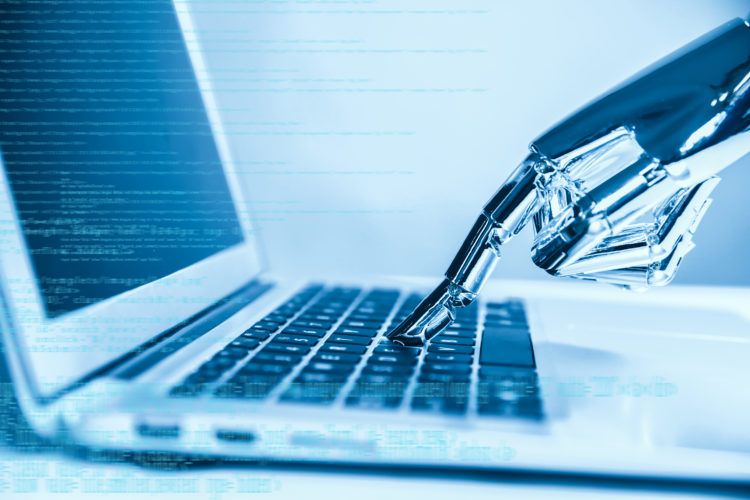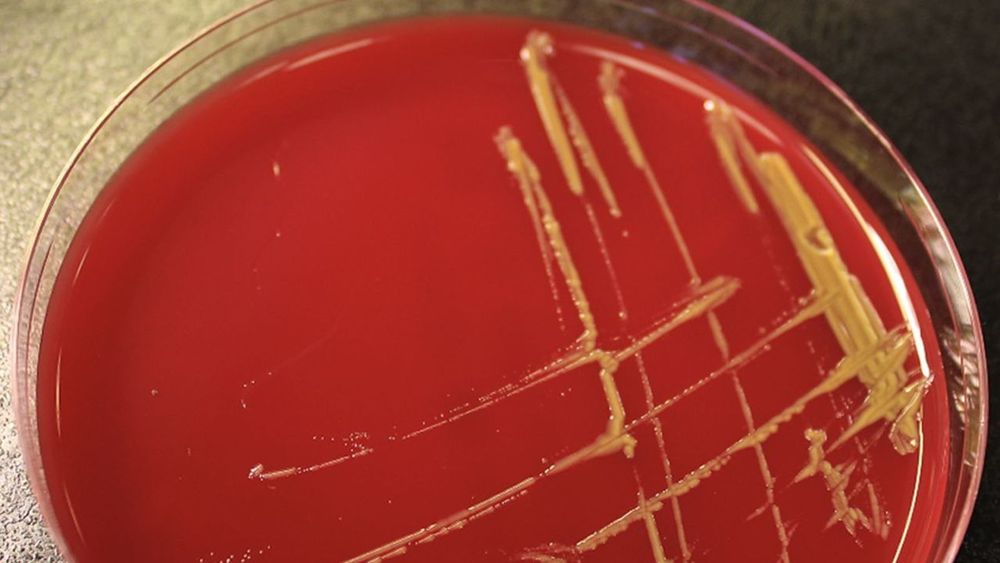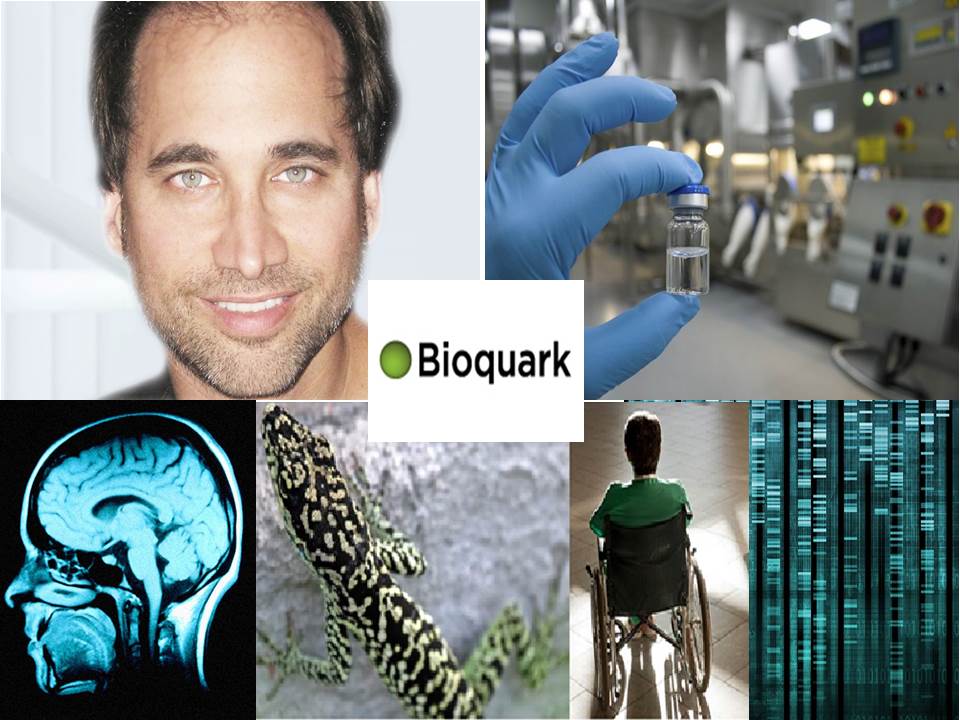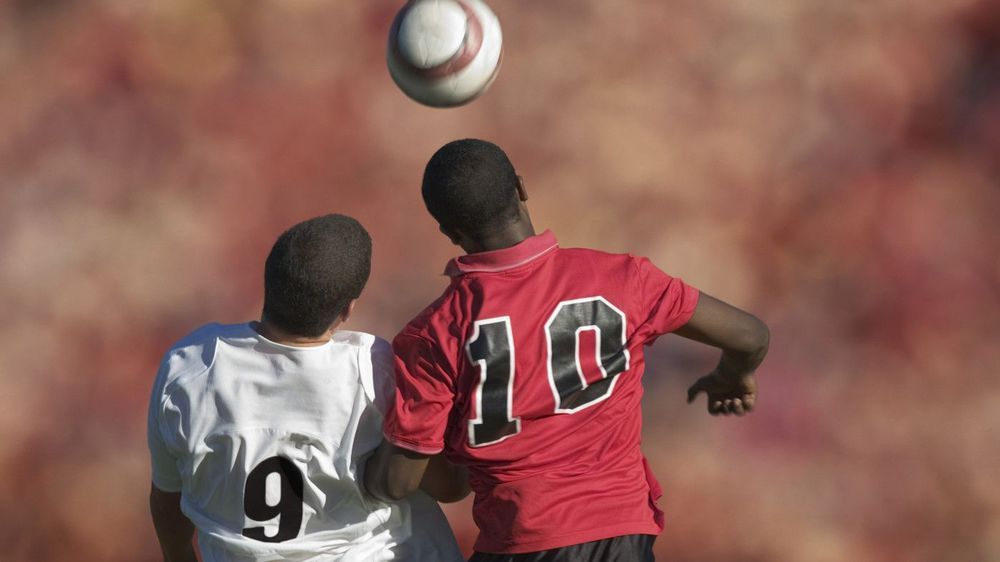New UC Berkeley study suggests that AI makes it easy to mine mobile phones and fitness trackers for health information, even data the user has deleted.


Power suits, robotaxis, Leonardo da Vinci mania—just a few of the things to look out for in 2019. But what else will make our top ten stories for the year ahead?
Click here to subscribe to The Economist on YouTube: https://econ.st/2xvTKdy
What will be the biggest stories of the year ahead?
00:35 — 10 — Powered Clothing.
In 2019 power dressing will take on a whole new meaning when this strange-looking clothing hits the market. Not so much high fashion as high tech, it’s a suit with built-in power that will literally get people moving. Part of the wearable robotics revolution, the suit is made up of battery-powered muscle packs which contract just like a human muscle to boost the wearer’s strength. With the global population of over 60s expected to more than double by 2050, and retirement age increasing, there’s no shortage of potential markets. But don’t expect the suits to ease the burden on aching limbs and overstretched health services anytime soon — as these suits don’t come cheap. According to the manufacturer they’ll retail for around the cost of a bespoke tailored suit.
02:13 — 9 — The year of cheap flights.
2019 will be the year low-cost long-haul travel takes off. You’ll be able to buy a ten thousand mile flight from London to Sydney for around $350 and this is why. The world will boast two new state-of-the-art mega hub airports and competition between them will drive down the cost of flying. Daxing Airport outside Beijing is due to open in 2019 and will feed growing demand for air travel in China. Beijing already has one of the world’s biggest airports and for China this new mega hub will send an important message to the world. Rivaling Daxing as a national symbol of global prestige will be a new mega hub airport in Istanbul. Opened in 2018 it covers a staggering 26 square miles — an area larger than the island of Manhattan. And in 2019 consumers will again be the beneficiaries of a state sponsored economic push. But the low fares offered by competition between these hubs could be short-lived.
04:06 — 8 Stonewall riots at 50.

In 2016, a mysterious illness spread inside the National Institutes of Health’s Clinical Center, the U.S. government’s most prominent research hospital, in Bethesda, Maryland. Patients were somehow being sickened by an antibiotic-resistant strain of bacteria that practically never causes disease in humans. Two years later, a new study seems to finally have confirmed where this bug likely came from: the hospital’s own plumbing.
During a six-month period in 2016, six patients came down with infections caused by Sphingomonas bacteria. Four of the patients had an antibiotic-resistant strain of a particular species, Sphingomonas koreensis, which was first discovered in some of Korea’s natural mineral water spots in the early 2000s.

Thanks to Authority Magazine and Fotis Georgiadis for the interview — Bioquark inc. (http://www.bioquark.com) — Regeneration, Disease Reversion, Age Rejuvenation — https://medium.com/authority-magazine/the-future-is-now-we-a…cc6dc8ebf1
Death’s Dress Rehearsal: Virtual Reality Explores Dying In A Hospice : Shots — Health News A Maine medical school and nearby hospice center are trying out a VR program aimed at fostering more empathy for dying patients among health workers-in-training. Not everyone is sold on the idea.

New program coming on-line at Bioquark Inc. (www.bioquark.com) — Ectocrine interactions (the“Ectocrinome”) represents a completely unexplored area related to human health
https://www.prweb.com/releases/bioquark_inc_and_ectocrine_te…004155.htm




Had a great time with my regenerative biology Q&A session with Ayersville (Ohio, USA) Schools 2nd graders and high school advanced anatomy class — so happy to see kids out there that are interested in these topics at such a young age — creating the future, one mind at a time — https://www.youtube.com/watch?v=2_uu9f7nafc